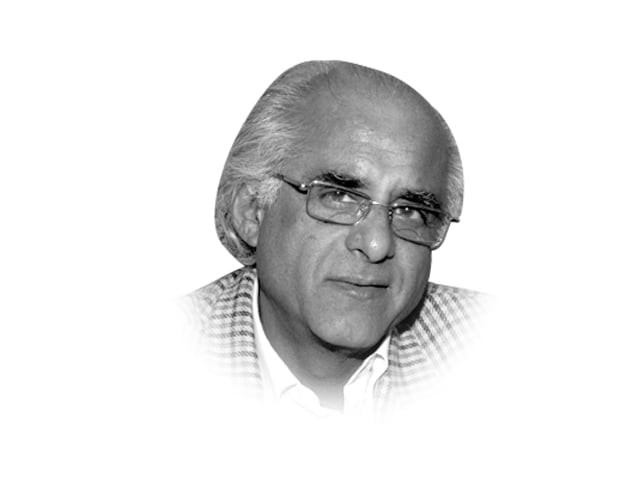Balti travellers — I
Only when one travels on it does one realise what a courageous and tough lot of people these Baltis were.

From Shahidula, the road made the Karakoram Pass, 5,200 metres high. Then down it was into the valley of the Shyok River to Leh, the capital of Ladakh. Thence onward, it was nice and easy to the caravanserais of Srinagar.
Now, from very early times, the people of Baltistan too travelled this way. They had a choice of where to join the highroad, though. They could either travel up the Sindhu River all the way to Leh to get on the road or they could take a shortcut. This was up the Shyok River beyond Khaplu to the spot where the Nubra River running down from the north joins it. Then up the Nubra they went to cross the Saser Pass (5,430 metres). Beyond lay the Karakoram Pass and the main north-south artery.
The Leh-Yarkand highroad is known to have been in use from the beginning of the Common Era. That having been said, it may well have been traversed for a very long time before that. We know that the people of Baltistan travelled this way to Yarkand because the first European explorers in that city found a large population of Baltis living there. In the 19th century, there were six hundred Balti families in Yarkand who despite having lived there for several centuries spoke their native Balti.
Even today, there is a Balti mohalla in Yarkand inhabited by people who know of their origin. However, since the time of the early European explorers, the Yarkand Baltis have lost their language and now speak Uighur like everyone else. This amnesia of language is likely because traffic on the Karakoram Route, the one crossing the Karakoram Pass, died with Partition, cutting off the connection with the native land. The Baltis in Yarkand today do not know which way their ancestors came to settle in Yarkand.
Now, as related, Balti travellers heading for Yarkand could either reach Leh and join the north-bound traffic, or they could go up by the Shyok-Nubra road. The Baltis had yet another road to travel by. This was the Muztagh Pass route.
The first ever reference to this road is made by Francoise Bernier, a French doctor, who served as royal physician to the tyrant Aurangzeb. His book Travels in the Mogul Empire tells us of a road to Yarkand that was obviously across glaciers. The road was difficult, wrote the doctor, and “there is a place where, in every season, you must go a quarter of a league over ice.”
A quarter of a league means about five kilometres. We must remember that the doctor was writing from hearsay. He had never seen a glacier in his life and had no clue about glacial travel. Two hundred years went by before others came to shine some light on this little known road. The bringer of light was Godfrey Thomas Vigne (pronounced Vine) who was in Skardu in 1835.
Balti travellers went up the Shigar valley (north of Skardu), past the village of Askole and entered the Baltoro Glacier. Nearly half way up they turned north into the glacier we now call the Muztagh. At the head of this ice stream lay the Muztagh Pass (5,422 metres). Over it, on the other side, spilled the Sarpo Laggo Glacier all the way to the valley of the Shaksgam River.
Following the Shaksgam upstream, the Baltis reached the foot of the 4,780 metre-high Aghil Pass. On the other side lay the desolate Surkhwat River valley, leading the travellers to village Raskam. But their difficulties were not over. They had yet to cross two more high, desiccated passes before they could reach the oasis of Karghalik.
This in a nutshell is the itinerary. But only when one travels on it does one realise what a courageous and tough lot of people these Baltis were.
Published in The Express Tribune, October 8th, 2011.
















COMMENTS
Comments are moderated and generally will be posted if they are on-topic and not abusive.
For more information, please see our Comments FAQ